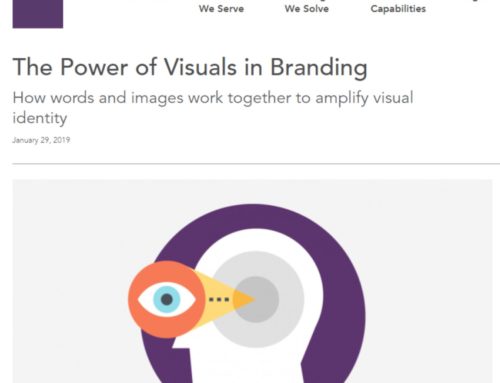Allan Haley — Graphic Arts Online, December 1, 2009
A $2 million suit against NBC over three fonts is a reality check on managing licenses.
This high-profile case cast a spotlight on what has become a systemic problem of misuse of font intellectual property. The good news is that if you are unsure of the legal standing of your font licenses, one of the best first steps toward straightening things out is to call your font provider—especially if it is a large distributor of fonts. An account manager can help you determine which of your fonts are under-licensed, as well as whether some are over-licensed. Then he or she can set up a plan to bring your font collection into compliance.
All businesses can benefit significantly by respecting the role that font software plays. Free, downloadable font counting tools, such as Fontwise Fontcheck, are available to help discover the number of fonts resident on computers. These tools will guide you in determining whether or not your company needs to conduct a full font audit.
In addition to doing your own troubleshooting, the following “Golden Rules of Font Licensing” are geared to promote font software licensing awareness. While these guidelines do not constitute legal advice, they provide a quick reference point for font use that may be useful to route internally:
- Font software is licensed, not purchased. You license font software for limited use from the type designer or font software publisher that supplies it.
- The license is granted in the form of an End User License Agreement (EULA) according to the number of computers the font software is installed on. Licensing terms vary depending on the font publisher, so check carefully what you have agreed to.
- Most font software EULAs do not allow you to make copies of, or distribute font software to other organizations or individuals who do not have their own license to use it. This, for example, includes service bureaus, design agencies, public relations companies, advertising agencies and printing companies. In summary, anyone using font software must have a license for it.
- Most font publishers allow users to embed font software into documents, but only for previewing and printing. Licensing terms are also starting to include provisions for Web use, so check licensing terms thoroughly.
- Most font software publishers will allow users to create static images from font software (such as a GIF file used as a Web banner).
- Most font software publishers will not allow their software to be modified in any way without permission from the publisher.
- Your company will be liable if you lend or give font software to others to use without a license.
If you have any doubts about your company’s licensing position, please, make a point of contacting your font supplier or publisher.
Reprinted from Graphic Arts Online





